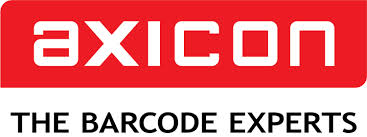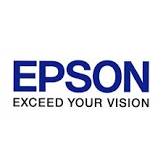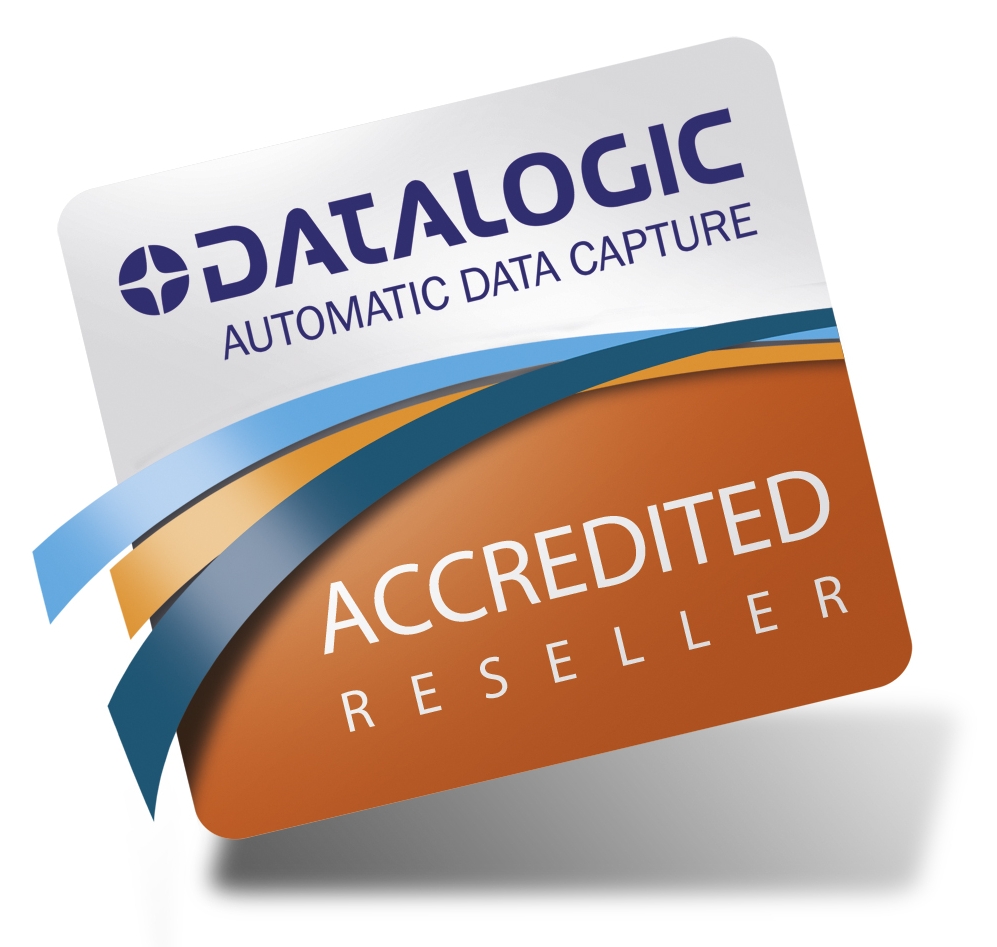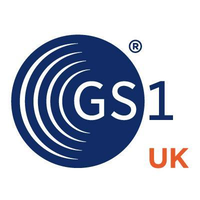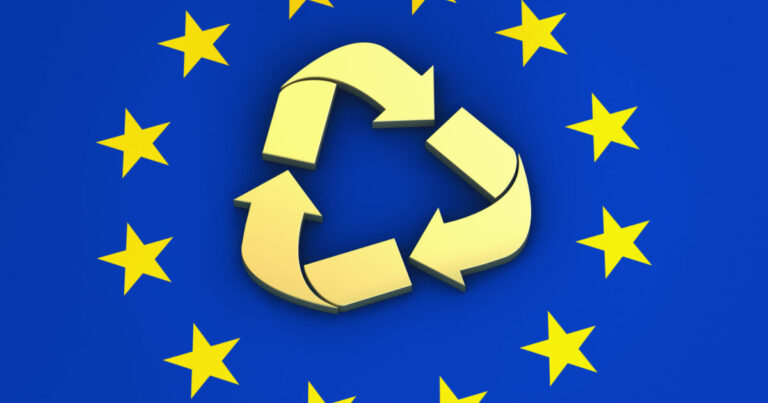
Introduction
The European Union is reshaping the future of packaging with the introduction of the Packaging and Packaging Waste Regulation (PPWR). As sustainability becomes a business imperative, understanding the scope and impact of these new rules is essential—especially for manufacturers, distributors, and retailers operating in or exporting to the EU.
What Is the Packaging and Packaging Waste Regulation (PPWR)?
The PPWR is a proposed regulation replacing the current EU Packaging Directive. Its goal is to:
-
Reduce packaging waste across the EU,
-
Promote reusable and recyclable packaging,
-
Harmonize rules across member states.
Unlike a directive, a regulation is directly applicable, meaning all EU countries must comply without needing to transpose it into national law—creating consistency and eliminating fragmented legislation.
Key Objectives of the PPWR
-
🟢 Reduce Packaging Waste: A 15% reduction per capita by 2040.
-
🔄 Boost Reusability: Set minimum reuse targets by sector (e.g., food, e-commerce, beverages).
-
♻️ Ensure Recyclability: All packaging must be recyclable by design by 2030.
-
🚫 Restrict Problematic Packaging: Bans on certain formats (e.g., single-use mini toiletry bottles in hotels).
-
🔍 Labeling Requirements: Clear harmonized labels to indicate recyclability and sorting instructions.
Who Is Affected?
The regulation applies to:
-
Producers and importers of packaged goods
-
Online retailers and platforms selling into the EU
-
Packaging manufacturers
-
Food and beverage brands
-
E-commerce fulfilment providers
Even non-EU businesses will need to comply if they sell into the EU market.
Key Deadlines to Watch
-
2025: Implementation of recyclability standards begins.
-
2030: All packaging must be recyclable by design.
-
2035–2040: Reuse and reduction targets fully phased in.
Stay tuned for final adoption timelines, which may vary depending on EU legislative negotiations.
How to Prepare for the PPWR
-
✅ Audit your current packaging – Identify non-compliant materials and formats.
-
🛠️ Redesign for recyclability – Work with suppliers to simplify materials.
-
♻️ Invest in reuse systems – Consider refill models or take-back schemes.
-
🏷️ Update labeling – Ensure packaging carries harmonized sorting instructions.
-
📚 Train your teams – From procurement to marketing, everyone needs to understand the rules.
Sustainability and Compliance Go Hand in Hand
Complying with the PPWR isn’t just about avoiding penalties—it’s a competitive advantage. Customers are demanding more eco-conscious choices, and this regulation can help your brand deliver just that.



